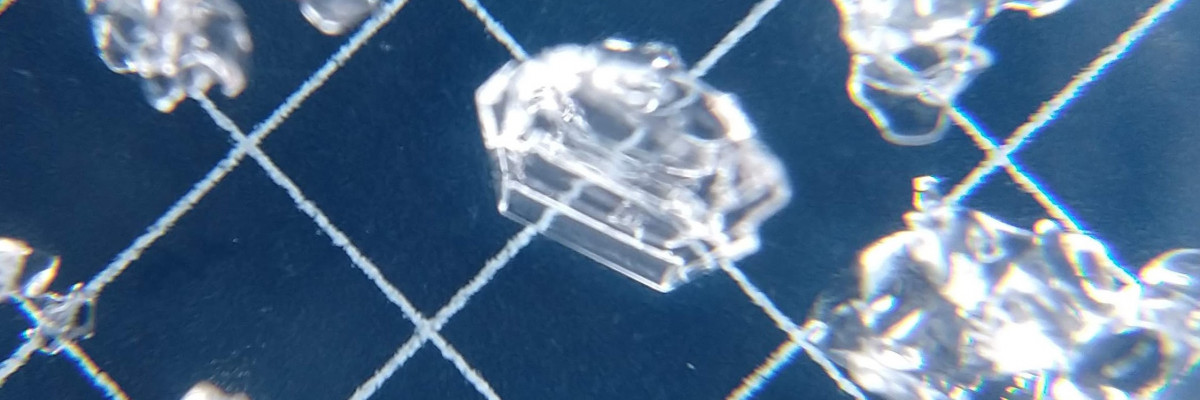The avalanche danger for the West Central Montana backcountry is MODERATE. Approach avalanche terrain with caution as triggering a large avalanche is possible.
Good morning, this is Todd Glew with the West Central Montana Avalanche Center’s avalanche advisory for January 25, 2020. This danger rating does not apply to operating ski areas, expires at midnight tonight, and is the sole responsibility of the U.S. Forest Service.
Weather and Snowpack
Mountain temperatures are hovering around the freezing level, with the highest peaks recording temperatures around 20 F. Winds are light to moderate out of the WSW, with upper elevation ridgetop winds gusting over 30MPH. Over the past 24 hours, Snotel sites have picked up .3 to .4 inches of SWE and about 3-6 inches of snow in upper elevation terrain.
The past few days have been rather warm, with snow levels rising to about 6000 to 6500 feet. It feels more like late spring than mid winter right now, but you take what you can get. Plenty of fun can still be had in upper elevation low angle terrain. You have the possibility of triggering a large avalanche on 35+ degree slopes above about 6000 feet in elevation.
Our primary concern is persistent slab avalanches. The likelihood of triggering a large persistent slab avalanche is decreasing, but the consequences are not. We have multiple buried weak layers in our snowpack capable of producing large dangerous avalanches. Likely places that you could trigger this type of avalanche would be in thin rocky areas, around cliff bands, or on convexities. I would also be cautious in the runout zones of avalanche paths, as remotely triggering a persistent slab avalanche is possible.
Throughout our forecast area, we have varying snowpack depths. Areas with a deeper snowpack (4+ feet deep) are less prone to persistent slab avalanches than areas with a shallow snowpack (less than 4 feet deep). The kicker is, if you ski or ride over a thin spot in a deeper snowpack, you have the possibility of triggering a large avalanche. I know it is a tricky situation right now. Where do you ski or ride? A safe bet would be in low angle terrain.
Bottom line: Some winter seasons, you can ski or ride most slopes safely. So far this winter, we have not had that option. You are rolling the dice if you ski or ride in avalanche terrain. Just know, if you hop into avalanche terrain today and do not trigger an avalanche, you might be lucky, not smart.
Avalanche and Weather Outlook
Today mountain temperatures will be rather warm with average temperatures between 6000-8000 feet ranging from 24-37 F. A few inches of snow is expected in favored locations. Winds will be light to moderate out of the SW, with upper elevation exposed terrain gusting into the high 30’s.
We keep hoping that our snowpack will stabilize, but this has not happened yet. Expect avalanche conditions to remain the same for the foreseeable future.
Any observations are appreciated. If you get out in the mountains, please send us your observations here. Thank you very much to those of you who have been sending in observations, as it is incredibly beneficial.
Ski and ride safe.
Education Opportunities:
Want to learn more about avalanches? We still have spaces available on Avalanche Courses throughout the winter. Take a look here for a full list of courses.














